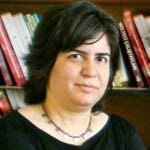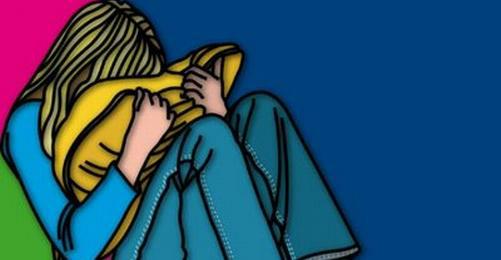On 23 June 2009, a research report entitled "Understanding the problem of incest in Turkey" was introduced at a panel in Ankara. The study had been carried out by the Demography Association and the United Nations Population Fund (UNDPF) and was based on interviews with professionals who deal with cases of incest in Turkey.
The study aimed at presenting the dimensions of the problem, making it more visible, as well as drawing attention to the limitations of current ways of dealing with it.
According to the report, most cases of incest in Turkey, like elsewhere in the world, remain secret.
Interviews with professionals
The researchers interviewed 98 professionals -teachers, judges, midwives, police officers, doctors, prosecutors, lawyers, psychologists, social services psychologists and members of NGOs- in the provinces of Ankara, Adana, Diyarbakır, Erzurum, Istanbul and Kocaeli.
The study discusses victims, perpetrators and their family environments, the revelation of incest cases and ensuing problems, as well as the problems that professionals face.
Although both girls and boys are victims of incest, the study shows that there are more female victims. Several girls or boys living in the same home may be abused, either at the same time or at different times. Some cases start with harrassment and continue with rape, while others start directly with rape.
The resistance of children is overcome by rewarding them, threatening them, using physical violence, or threatening to hurt those they love.
Fathers, grandfathers, brothers, uncles...
Examples given by professionals show that many of the perpetrators are fathers, followed by male relatives such as grandfathers, older brothers, or paternal /maternal uncles. Perpetrators can be any age and from any background, but the father-daughter or father-son incestuous abuse seems to be most common, followed by abuse from grandfathers, and then between siblings.
An important finding was that the abusers were often abused in their own childhood.
All types of families
All kinds of family types are affected by incest, from the nuclear to the extended family, single-parent families to two-parent families or families without parents.
The fact that there have been more cases found among families with lower income has been explained by experts with the higher number of such families in society, as well as the fact that economic power makes incest easier to hide. When incest is discovered in wealthier families, it is often covered up without applying to courts.
Pregnancy is a factor which often makes incest become discovered, and again, individuals with higher income and education are more careful about preventing pregnancy or making use of private health services.
The role of mothers
Experts say that mothers expect to realise if incest takes place straight away and that they say that if a child's mother told their mother, she would believe them straight away or be aware of anything suspicious immediately and react.
However, in reality, she may not discover the incestuous abuse, she may not believe that it happened, or even if she does, she may not have the strenght to stop it. Professionals pointed out that incest was often viewed as the fault of not the perpetrator but the victim, that the whole family was judged, and that the mother, may be dominated by the perpetrator. She may also not have any economic power or the knowledge of which institutions to apply to.
However, mothers can also play the most important role in bringing the abuse out into the open and supporting the affected child in the aftermath.
Another finding of the report was that when family members communicated well, it was easier to expose the abuse.
Apart from the home and family, other people also need to develop awareness on the issue, particulary schools, health institutions, NGOs and psychologists.
Difficult process of exposing abuse
Once incest is exposed, there are many other problems. Professionals reported that abuse victims were worn out by the investigation and judiciary process. One problem was the lack of legal amendments requesting that statements be filmed and made in the presence of a professional. Another problem was that the places where statements were made and court cases were heard were not appropriate for children.
Collecting evidence and diagnosing the physical and psychological damage of the attacks are vital in determining the punishment. Professionals expressed problems with the role of the forensic medical institutes and the lack of specialists in child psychology and illnesses.
Another problem described by the experts interviewed in the report was that the incest victim was accused and that the focus was turned onto "honour". The state care for incest victims and children born from incest was deemed insufficient.
Solutions suggested were an increase in education, information and communication, an institutionalisation of practices [...] as well as interdisciplinary approaches.
[...]
Many studies show that incest victims live with the effects of the abuse for the rest of their lives and that their lives are negatively affected long-term. If we consider the patriarchal social structure in Turkey, it is clear that many victims are forced to stay silent and experience a chronic trauma. [...] (SB/EK)







